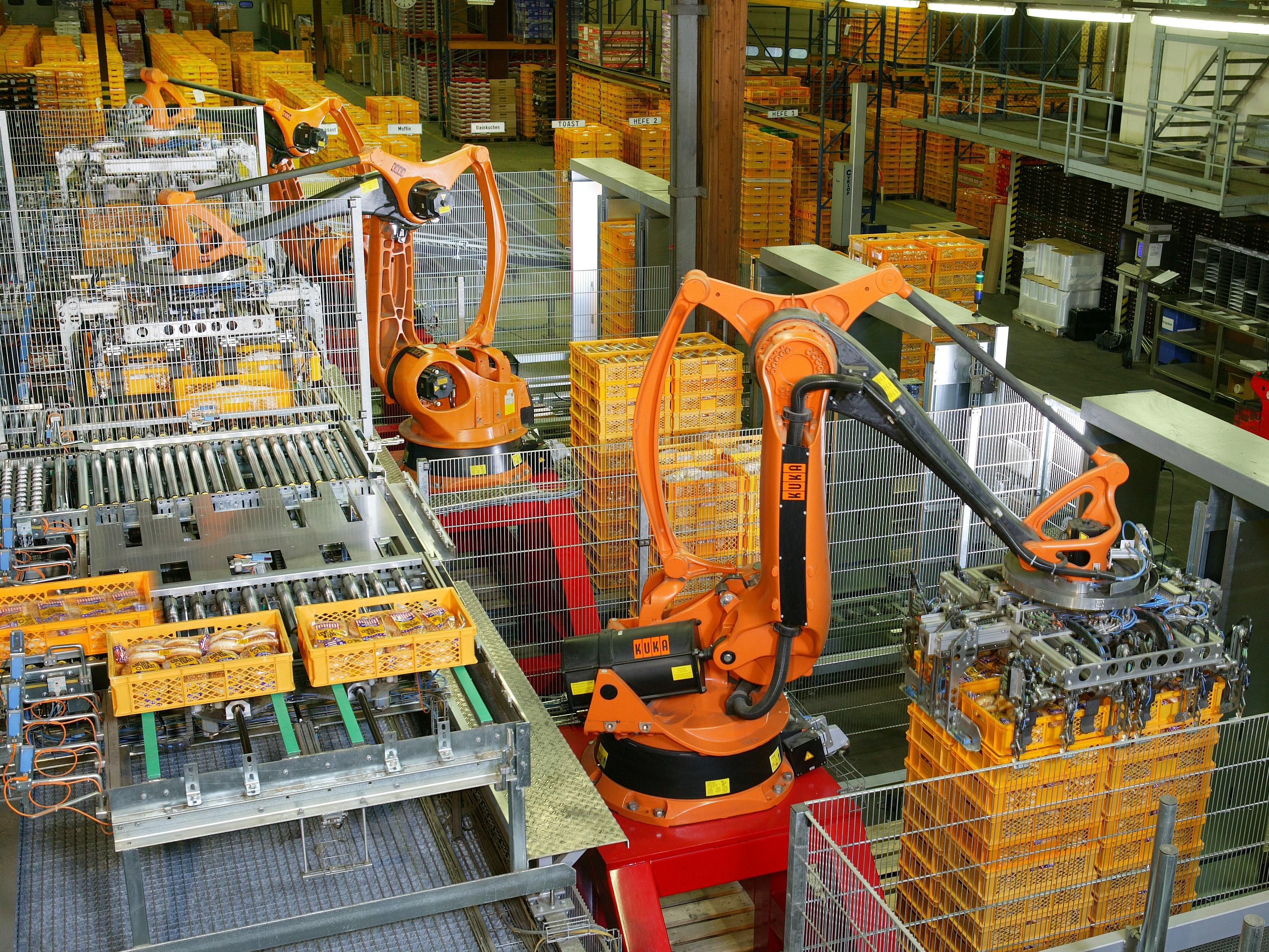Automation transforming supply chain logistics
04-06-2018 | By Nnamdi Anyadike
Automation in logistics is rapidly changing the face of the grocery supply chain sector. However, the technology innovations currently in the pipeline place the industry at the cusp of even greater change. This is because in what is already a highly competitive market, European grocery retailers and manufacturers are under immense pressure to automate and transform their practices as a means of holding prices down.
The key technologies that are transforming logistics and distribution include: Warehouse automation where automated guided vehicles (AGVs), using lasers or cameras, work alongside human operatives; programmable collaborative robots that typically consist of a flexible ‘arm’ and a ‘hand’; wearable technology such as smart glasses and Augmented Reality (AR) displays; electric vehicles (EVs); and warehouse management systems (WMS).
Later this year, Woolworths’ new fully automated distribution centre in Melbourne is expected to begin operation. It is scheduled to become fully functional sometime in 2019. The AU$215 million facility is located on a 15.9 hectare site, 35km south of Melbourne's central business district (CBD) and once it goes live will be the largest distribution centre in Australia.
The facility will include over 14km of high-speed conveyor belts and multi-storey racking systems that will be able to move products in both a faster and more productive manner. Further cost savings will be realised through the largest solar installation in Australia, which will generate power equivalent to that of 250 homes.
Other automation developments in the supply chain sector include those from RightHand Robotics (RHR). The company, which grew out of a team of researchers from Harvard Biorobotics Lab, the Yale Grab Lab and MIT, makes software and intelligent grippers for piece-picking robots that are used in the supply chain industry. It recently introduced ‘RightPick’, a combined hardware and software solution that handles the task of picking individual items.
The company says, “Unlike traditional factory robots, RightPick is capable of handling thousands of different items using a machine learning backend coupled with a sensorised robot hand that works in concert with all industry-leading robotic arms.” RHR is eager to expand and last year succeeded in raising $8 million in funding from a group of investors to be used in new product development, hiring and marketing. One of the investors, Andy Rubin, Founder and CEO at Playground Global, said, “For the first time, affordable industrial robots can grasp things they have never seen before.”
Factory Automation with industrial robots for palletizing food products like bread and toast at a bakery in Germany. By KUKA Roboter GmbH, Bachmann - KUKA Roboter GmbH, Zugspitzstraße 140, D-86165 Augsburg, Germany, Dep. Marketing, Mr. Andreas Bauer, http://www.kuka-robotics.com, Public Domain, Link
The use of electric trucks is another game changing technology. In March, commercial electric vehicles were given a significant boost when the delivery firm UPS announced that it would soon switch all vehicles operating from its Central London hub to electric power. Although UPS operates 170 vehicles from the site the number of these which can be electric-powered is currently limited to 65, due to the charging infrastructure.
However, the company has been participating in the Smart Electric Urban Logistics (SEUL) project, which will involve installing storage batteries at the UPS London site through new ‘smart grid’ technology. This uses an ‘intelligent’ approach to charging by powering up the batteries through the night but balancing this against the ongoing site power requirements.
Meanwhile, the German based SALT Solutions AG has reached an agreement with Bergfreunde GmbH for SALT’s warehouse management system, LogBase, to control the logistical processes of Bergfreunde GmbH in its Ergenzingen logistics centre. Ronny Höhn, Managing Director of Bergfreunde GmbH, explained that the previous warehouse management was handled with an ERP software solution that is now, “no longer sufficient for the extended product range.”
SALT’s logistics system is scheduled to go into operation in 2019 after a project phase of about nine months. During the implementation period the company said that its solutions project team “will connect the existing AutoStore automated small parts warehouse to LogBase and introduce new logistics processes in the warehouse that are specifically tailored to the needs of Bergfreunde GmbH.” LogBase and AutoStore form a scalable logistics system that will ensure the necessary flexibility for future business processes and further warehouse automation.
Elsewhere in Germany, the Siemens AX4 provider, AXIT, together with the Danish company GateHouse Logistics that runs the telematics data platform ghTrack, established in May this year a technology partnership. The telematics data that will supplied by GateHouse Logistics will make it possible to track and visualize the exact position of a shipment in real time on the AX4 platform. Uwe Schumacher, Vice President of Business Development at AXIT said, “More precise ETA data lets [customers] plan production processes better and manage their resources more efficiently.”
But even as automation continues to make inroads into the supply chain, a number of challenges will still need to be addressed by suppliers. These include deciding whether to rely on third parties for installation and maintenance, or to develop the skills in-house. However, no matter which options are chosen, the onward march of technology is on course to transform logistics in the coming decade in ways that today we can scarcely imagine.
Read More: 4G, Fibre, or Copper: Which Will You Be Using Next Year?


